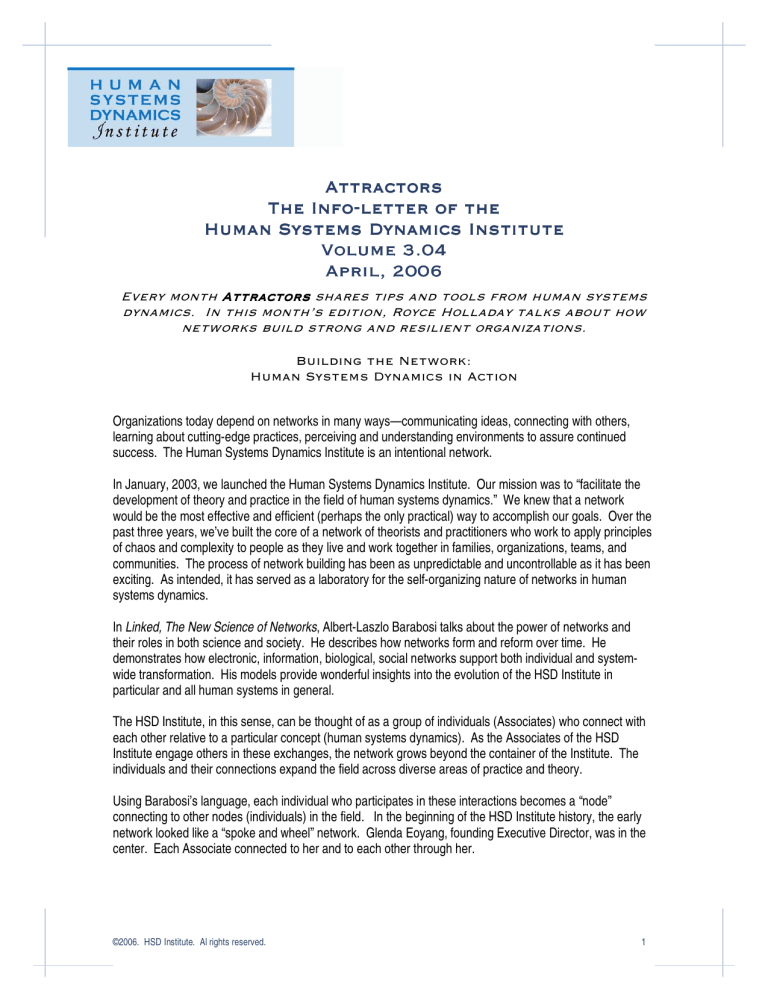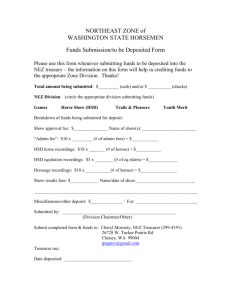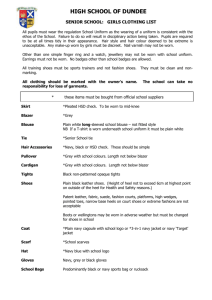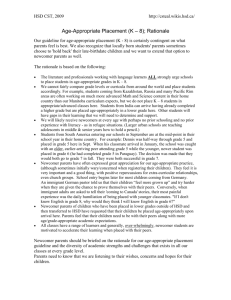April 2006 - Human Systems Dynamics Institute

dynamics. In this month’s edition, Royce Holladay talks about how networks build strong and resilient organizations.
Building the Network:
Human Systems Dynamics in Action
Organizations today depend on networks in many ways—communicating ideas, connecting with others, learning about cutting-edge practices, perceiving and understanding environments to assure continued success. The Human Systems Dynamics Institute is an intentional network.
In January, 2003, we launched the Human Systems Dynamics Institute. Our mission was to “facilitate the development of theory and practice in the field of human systems dynamics.” We knew that a network would be the most effective and efficient (perhaps the only practical) way to accomplish our goals. Over the past three years, we’ve built the core of a network of theorists and practitioners who work to apply principles of chaos and complexity to people as they live and work together in families, organizations, teams, and communities. The process of network building has been as unpredictable and uncontrollable as it has been exciting. As intended, it has served as a laboratory for the self-organizing nature of networks in human systems dynamics.
In Linked, The New Science of Networks , Albert-Laszlo Barabosi talks about the power of networks and their roles in both science and society. He describes how networks form and reform over time. He demonstrates how electronic, information, biological, social networks support both individual and systemwide transformation. His models provide wonderful insights into the evolution of the HSD Institute in particular and all human systems in general.
The HSD Institute, in this sense, can be thought of as a group of individuals (Associates) who connect with each other relative to a particular concept (human systems dynamics). As the Associates of the HSD
Institute engage others in these exchanges, the network grows beyond the container of the Institute. The individuals and their connections expand the field across diverse areas of practice and theory.
Using Barabosi’s language, each individual who participates in these interactions becomes a “node” connecting to other nodes (individuals) in the field. In the beginning of the HSD Institute history, the early network looked like a “spoke and wheel” network. Glenda Eoyang, founding Executive Director, was in the center. Each Associate connected to her and to each other through her.
©2006. HSD Institute. Al rights reserved. 1
Over time, HSD Associates worked and learned with each other directly. Project teams were formed that included diverse members of the network. This began the process of making more and stronger connections among Associates and increasing the strength of the network. More Associates joined the network. Each new Associate was a new node. They all connected strongly to Glenda as the center of the emerging field of human systems dynamics.
Barabosi would describe Glenda as a “hub” in this initial network. A hub in a network is differentiated from the nodes by the number of connections between it and other hubs and nodes. Nodes generally connect to one or two other nodes, but hubs connect to many nodes and hubs at the same time. This pattern is a good description of Glenda’s position in the early network.
In Linked , Barabosi talks about “robustness” as a description of the network’s ability to withstand failure. He shows that when networks are well connected with many nodes, the whole network can easily withstand the collapse of a number of those nodes. Using the example of airline traffic patterns, he shows that if several smaller airports (nodes) are unavailable, the patterns adjust, and planes keep flying. This robustness is a factor of the interconnected nature of such networks. On the other hand, a network cannot withstand the loss of more than a small percentage of its hubs. If as few as three or four of the major airports in the country were shut down at once, the impact on all traffic patterns would be profound.
Using Barabosi’s ideas to think about the HSD Institute network provides some insights into the growth of the field of human systems dynamics. Early in its development, Glenda was the hub of activity in two ways.
First, she was the one to whom all Associates were connected. Second she was connected to other hubs
(individuals and organizations in related fields). If Glenda had left the HSD Institute, the network would not have withstood the loss. The other connections in the network were simply not strong enough to carry on the work without her.
Over time, Associates have begun to build other connections. They coupled with other Associates.
Sometimes the Associate-Associate connection was strong and sometimes it was weak, but the number of those connections reshaped the network as a whole. Individuals connected with other groups or organizations and share HSD concepts. Beyond these more formal hub activities, all Associates share the principles of HSD and bring others into the network.
If you want to become part of the network or to learn more about how we work for HSD Institute and our clients, please make a connection!
Royce Holladay rholladay@hsdinstitute.org
©2006. HSD Institute. Al rights reserved. 2



